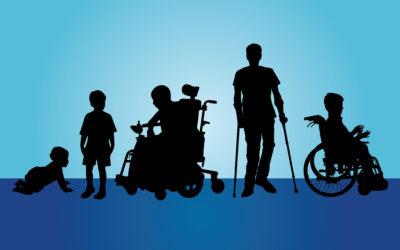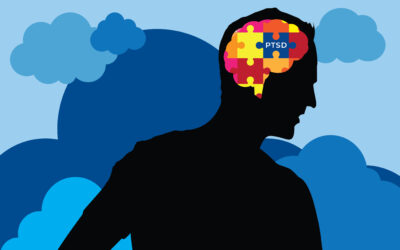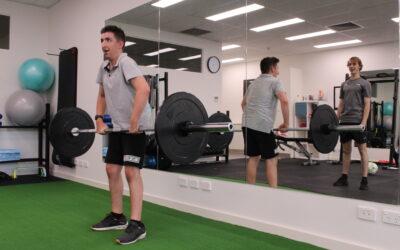AXM EP Blog
How the Body Powers Up: Revealing the Contrast of Aerobic and Anaerobic Energy Pathways
Have You Ever Wondered How Our Bodies Make Energy? It's a fascinating journey within our cells, where two distinct processes, aerobic (oxygen) and anaerobic (non-oxygen) energy systems collaborate to produce the energy needed for our daily activities and exercise....
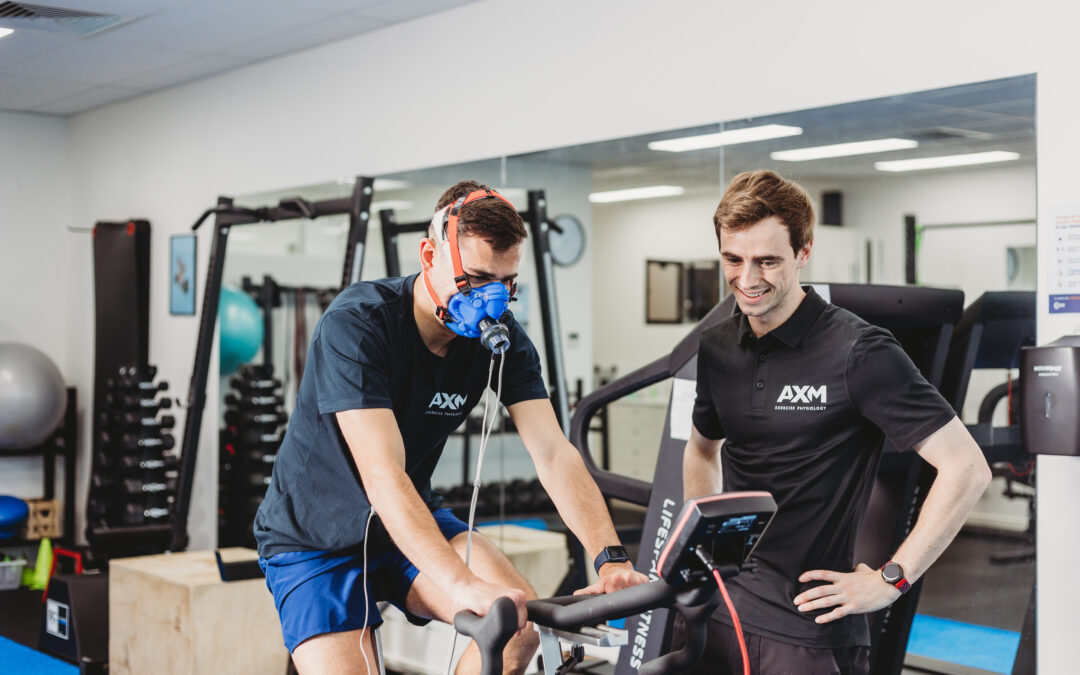
How the Body Powers Up: Revealing the Contrast of Aerobic and Anaerobic Energy Pathways
Have You Ever Wondered How Our Bodies Make Energy? It's a fascinating journey within our cells, where two distinct processes, aerobic (oxygen) and anaerobic (non-oxygen) energy systems collaborate to produce the energy needed for our daily activities and exercise....
How the Body Powers Up: Revealing the Contrast of Aerobic and Anaerobic Energy Pathways
Have You Ever Wondered How Our Bodies Make Energy? It's a fascinating journey within our cells, where two distinct processes, aerobic (oxygen) and anaerobic (non-oxygen) energy systems collaborate to produce the energy needed for our daily activities and exercise....
Latest Posts
Exercise and cerebral palsy
What is Cerebral Palsy? Cerebral Palsy (CP) is “a group of permanent disorders that affect movement and posture”1. The term “Cerebral” refers to the brain and “Palsy” refers to “lack of movement”1. Although CP is a permanent disability, significant functional and life...
The importance of exercise and Post-Traumatic Stress Disorder (PTSD)
What exactly is PTSD? According to both the Black Dog Institute and Beyond Blue, Post-traumatic stress disorder is a group of stress reactions that can develop in people who have been through OR witnessed a traumatic event1,2. These events could include, but are not...
Exercise and Bipolar disorder
What is bipolar disorder? Bipolar disorder refers to a group of mental health conditions that are characterised by periods of high (manic or hypomanic) and low (depressive) moods. It is a serious mental health condition that affects approximately 1.3% of all...
Why is exercise important for Autism?
STATISTICS ABOUT AUTISM 1 in 150 people in Australia are living with autism spectrum disorder (or just simply, autism) and this number is on the rise. In 2009, 64,000 people had been diagnosed with autism, but in 2015 the Australian Bureau of Statistics’ survey of...
